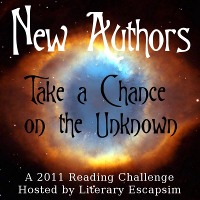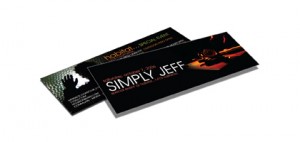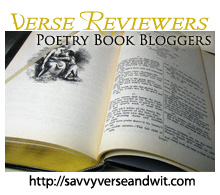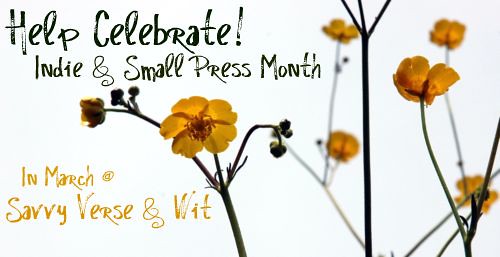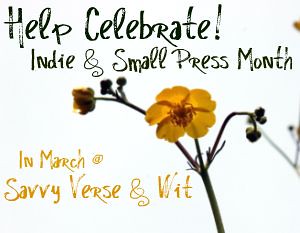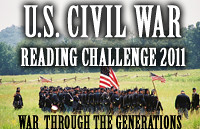
For this week, we had to read chapters 12-17.
Stay tuned next Thursday, March 3, 2010, which is my official due date, for the next discussion.
I’m going to try to keep reading along, but some posts from here on out could be delayed a bit.
In these chapters, Lucy Snowe stumbles upon a secret love affair and infatuation and becomes engrossed in uncovering the identities of the lovers. In this way, she seems to take on the suspicious nature of Madame Beck, who continues to spy on her household. At one point, Madame Beck even suspects Lucy of trying to ensnare Dr. John away from her, and she takes it upon herself to go through Lucy’s things, which angers and amuses our narrator. These baffling reactions often leave the reader wondering if Lucy has any pride in herself; does she not see herself as trustworthy and that is why she brushes off the invasion of privacy by her employer. It is almost like she’s living a household like the Big Brother reality TV show.
In many of Lucy’s observations of her fellow teachers and others, readers note a streak of venom. It is almost as if she cannot stand qualities different from her own, such as enjoying wealth and jewelery, but at the same time she comments on moments when certain qualities that she disapproves of can come in handy.
When the play for the Fete or party for Madame Beck is nearly stopped due to another’s illness, however, Lucy jumps in head first, despite a rambling of reluctance as to why she should not. Readers will find that assertive ultimatums from fellow teachers and Madame Beck often propel Lucy into action. Our narrator is courageous and full of conviction even in light of things she wishes not to do.
“I said my say badly; but I said it. That first speech was the difficulty; it revealed to me this fact, that it was not the crowd I feared so much as my own voice. Foreigners and strangers, the crowd were nothing to me. Nor did I think of them.” (Page 147-8)
In these chapters, we see Lucy grow, coming out of her shell and becoming more impulsive with her speech and approach to others, though harsher than most expect at times. However, it is this impulsiveness that seems to show her growing more comfortable with her surroundings, but how much have those surroundings and Madame Beck influenced her behavior? She seems to have broken from her reserved nature to tap a well of passion and conviction buried deep within, but can she control that well of passion or will it consume her? Only time and more chapters will tell.
Stay tuned next Thursday, March 3, 2011, for the next discussion.

 About the Author:
About the Author: